Citation:
Abstract:
Flight was a key innovation in the adaptive radiation of insects. However, it is a complextrait influenced by a large number of interacting biotic and abiotic factors, making it
difficult to unravel the evolutionary drivers. We investigate flight patterns in neotropical
heliconiine butterflies, well known for mimicry of their aposematic wing color patterns.
We quantify the flight patterns (wing beat frequency and wing angles) of 351 individuals
representing 29 heliconiine and 9 ithomiine species belonging to ten color pattern
mimicry groupings. For wing beat frequency and up wing angles, we show that heliconiine
species group by color pattern mimicry affiliation. Convergence of down wing
angles to mimicry groupings is less pronounced, indicating that distinct components of
flight are under different selection pressures and constraints. The flight characteristics
of the Tiger mimicry group are particularly divergent due to convergence with distantly
related ithomiine species. Predator-driven selection for mimicry also explained variation
in flight among subspecies, indicating that this convergence can occur over relatively
short evolutionary timescales. Our results suggest that the flight convergence is driven
by aposematic signaling rather than shared habitat between comimics. We demonstrate
that behavioral mimicry can occur between lineages that have separated over evolutionary
timescales ranging from <0.5 to 70 My.

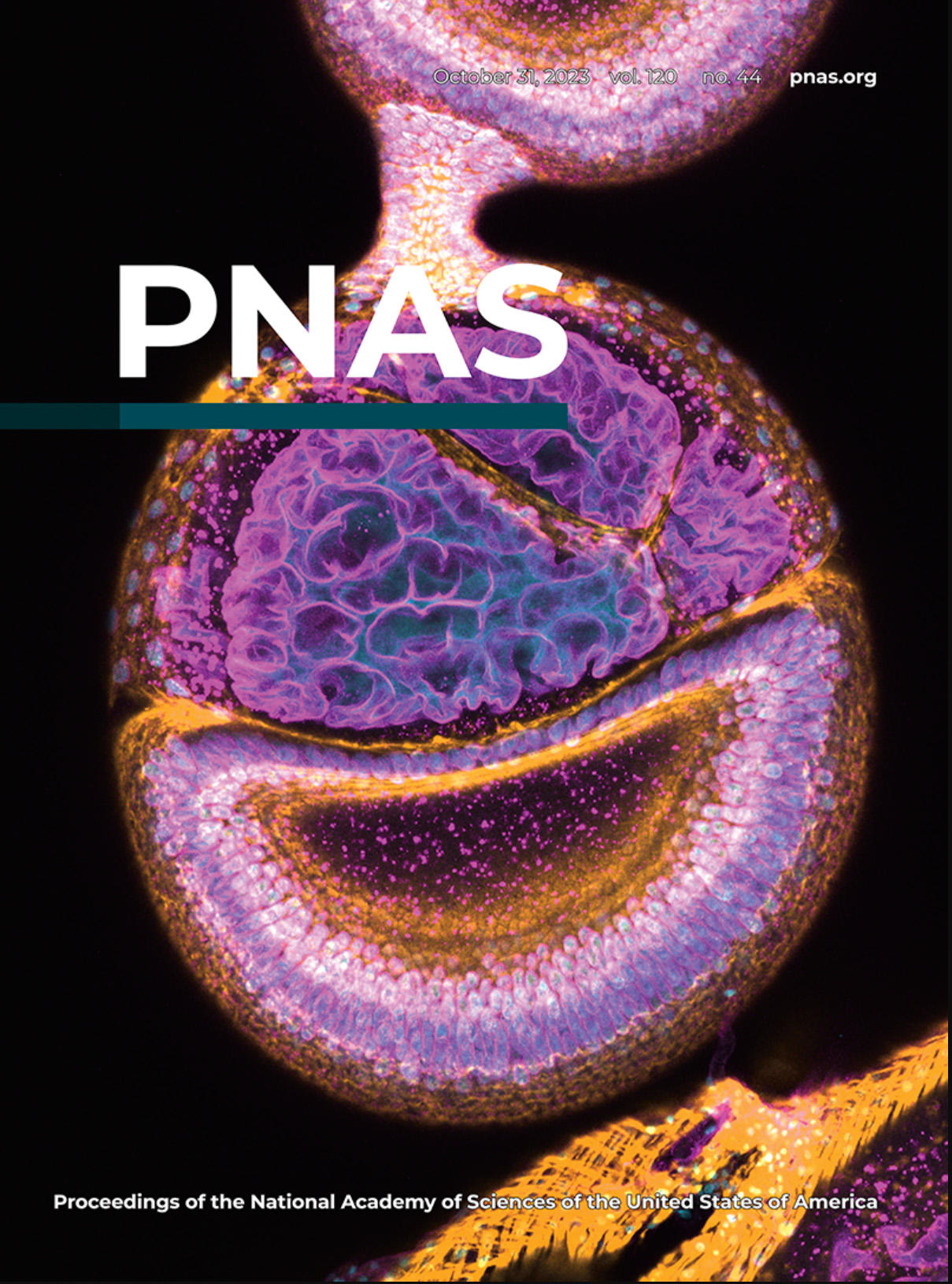
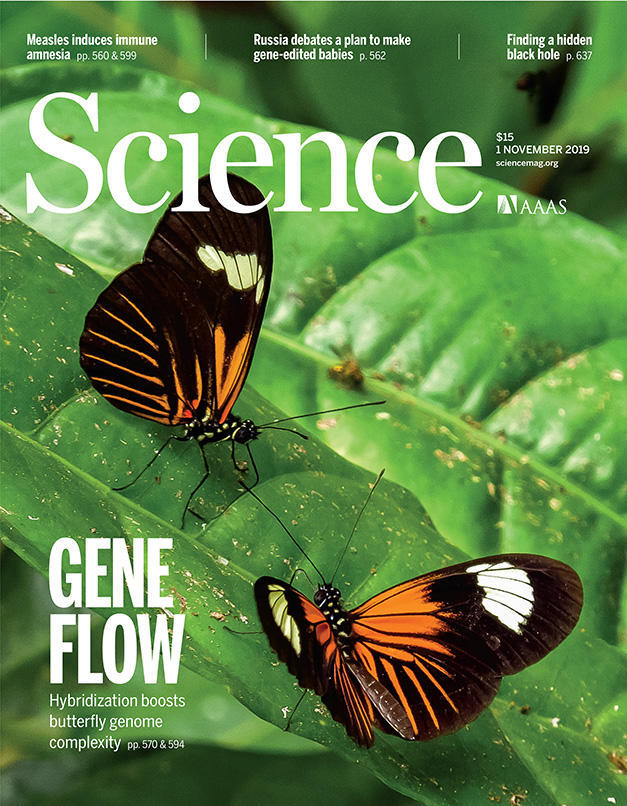
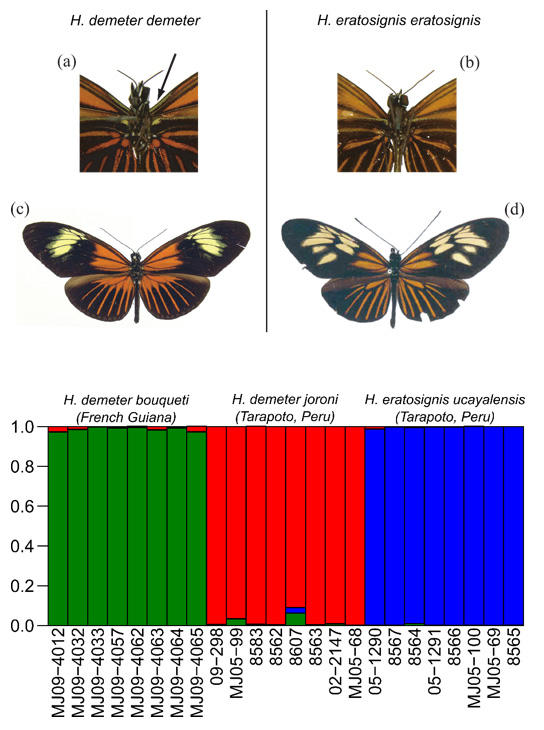

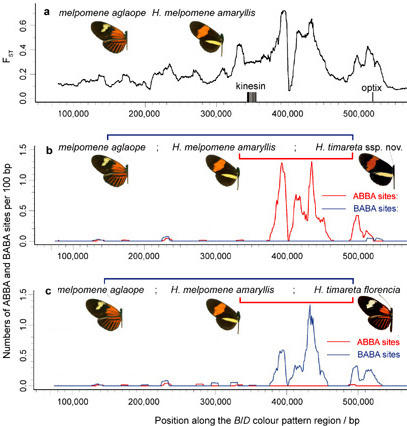
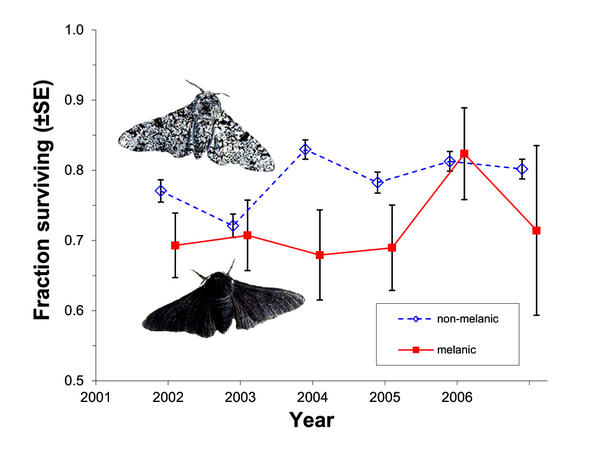 Selection against melanism in UK after the Clean Air Act.
Selection against melanism in UK after the Clean Air Act.